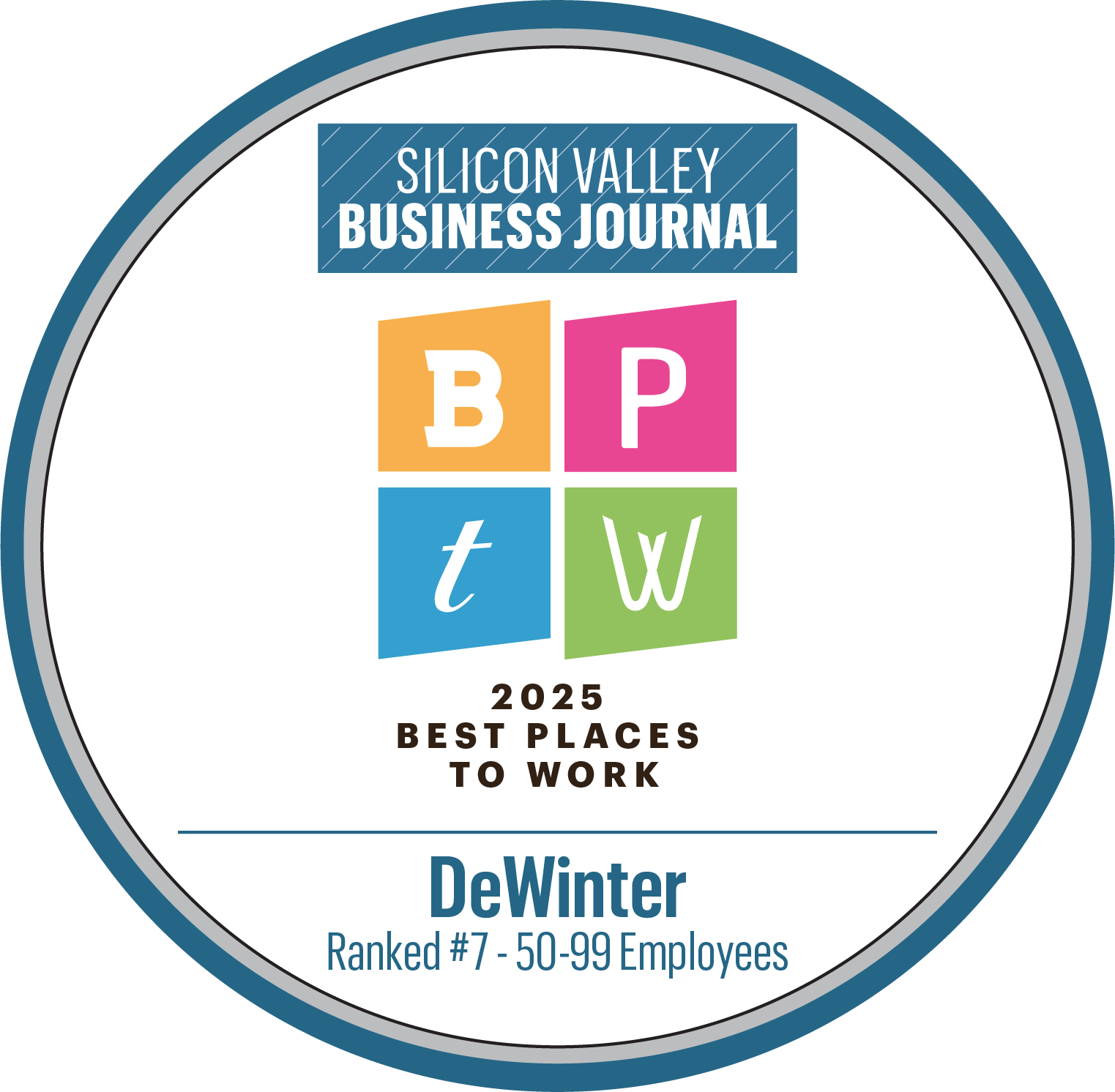5 Signs It's Time to Consider Nearshoring for Your Tech Projects
Is your technology team struggling to keep pace with demand? Are you facing a perfect storm of project delays, talent shortages, and escalating costs? In today’s fast-moving digital landscape, these challenges are more than just minor inconveniences—they’re a significant drag on innovation and growth. Many companies find themselves at a crossroads, needing to scale their technical capabilities but hitting a wall with traditional hiring models.
The good news is, there's a strategic solution that can help you overcome these hurdles and regain your competitive edge: technology nearshoring. Nearshoring is the practice of outsourcing business processes or IT work to a nearby country, often one with a similar time zone and cultural affinity. It’s not just a cost-saving measure; it’s a strategic move to build a more flexible, efficient, and resilient team.
Here is a quick look at the five signs that nearshoring could be your solution:
| The Problem | The Nearshoring Solution |
|---|---|
| Project Delays & Missed Deadlines | Instant access to a skilled talent pool. |
| High Costs for Recruitment & Retention | Significant cost reduction without sacrificing quality. |
| Communication Breakdowns from time zones | Real-time collaboration due to similar time zones. |
| Difficulty Finding Specialized Expertise | Global access to niche skills. |
| Competitors Scaling Faster | The ability to rapidly scale your team and accelerate growth. |
If you’re wondering if nearshoring is the right path for your business, here are the five clear signs that it’s time to seriously consider it.
1. Your Projects Are Facing Chronic Delays and Missed Deadlines
One of the most obvious indicators that your current model isn't working is a pattern of project delays. When your development pipeline is consistently behind schedule, it's often a symptom of a deeper problem. This could be a lack of available resources or specific expertise, or simply an overwhelmed internal team.
Every missed deadline impacts more than just your timeline. It delays product launches, puts a strain on your team, and can ultimately lead to a loss of market share. This is a widespread issue; one survey by IDC found that 58% of tech leaders said that a shortage of IT skills has caused delays in product development. You might be struggling to find a senior-level data scientist, a skilled DevOps engineer, or a mobile developer with a specific framework expertise. The longer the search, the longer your projects sit in limbo.
A nearshoring partner can provide immediate access to a vast network of vetted, highly-skilled professionals. They can help you rapidly assemble a team with the exact skills you need, bypassing the lengthy and often fruitless local recruitment process. By instantly filling your talent gaps, you can get your projects back on track, meet your deadlines, and deliver value to your customers faster.
2. The Costs of Recruitment and Retention Are Skyrocketing
The war for tech talent is real, and it’s expensive. In major tech hubs, companies are locked in bidding wars for top engineers, driving salaries and benefits packages to astronomical levels. Beyond the initial salary, there are significant costs associated with recruitment, including agency fees, time spent on interviews, and training. Furthermore, if you can’t offer a competitive package, you risk high employee turnover, which just starts the costly cycle all over again.
Nearshoring offers a compelling financial alternative. By accessing talent markets in regions with a lower cost of living, you can significantly reduce your salary overhead without sacrificing quality. The top-tier talent in places like Latin America or parts of Europe often earn less than their counterparts in San Francisco or New York, but their expertise and experience are on par. This model allows you to reinvest your savings back into your core business, fund new projects, or scale your team even faster. It’s a smart way to maximize your budget and achieve a higher return on your investment in talent.
3. Communication Breakdowns Due to Time Zone Differences
Traditional offshoring, particularly to locations like Asia, often comes with a major drawback: a large time zone gap. This can turn simple questions into a 24-hour back-and-forth, hindering collaboration and slowing down progress. The inability to have real-time conversations or impromptu meetings can lead to misunderstandings, delayed feedback, and a feeling of disconnection between teams.
Nearshoring, by definition, solves this problem. By partnering with a team in a nearby country, you ensure a significant overlap in working hours. For example, a company in New York can work in sync with a team in Colombia, Argentina, or Ecuador. This allows for effortless, real-time collaboration. You can hold daily stand-ups, jump on a call to whiteboard a problem, and receive instant feedback. This improved communication not only makes the development process smoother but also fosters a stronger sense of team cohesion and shared purpose.
4. Difficulty Finding Specialized Expertise
In a world where technology is constantly evolving, the demand for highly specialized skills is at an all-time high. Finding a local expert in a niche field like Machine Learning, AI-driven analytics, or specific blockchain technologies can feel like searching for a needle in a haystack. The talent you need might exist, but the pool is small and highly competitive.
Bringing in foreign talent via H-1B Visas is also a much steeper challenge than in the past. With new laws creating significant barriers and unpredictable costs, the old way of hiring international tech talent is getting tougher. That's why many companies are now turning to nearshoring. It's a reliable, cost-effective way to access a top-tier talent pool without the visa lottery, giving you a stable and predictable path to scale your team.
Nearshoring opens up your hiring to a global talent pool, without visa restrictions. Your team can tap into a network of specialists with diverse skill sets and extensive experience in cutting-edge technologies. This gives you the ability to build a team with the exact expertise required for your specific project, without being limited by geographic boundaries. Whether you need a deep learning expert for a new product or a DevOps professional to streamline your infrastructure, nearshoring ensures you have instant access to the talent you need to build the next generation of technology.
5. Your Competitors Are Scaling Faster
In business, speed is a key differentiator. If your competitors are consistently launching new features, entering new markets, and acquiring new customers at a faster pace than you, it's a major red flag. This often happens when they have a more scalable and agile workforce model.
Nearshoring provides the flexibility and speed to scale your team up or down as needed. You can quickly add a team of five developers for a new project, or bring in a full-stack team to accelerate a product launch. This agility allows you to respond to market opportunities faster and adapt to changing business needs. While your competitors are still going through a slow, expensive hiring process, you could be already in the development phase, pulling ahead in the market.
Ultimately, nearshoring isn't just a reactive measure; it's a proactive strategy for sustainable growth. If you’re seeing any of these five signs, it may be the signal you need to explore a new way of building your tech team.
Think nearshoring could be right for your team? Learn more about how
our expert nearshoring solutions can help your team reach its goals faster and more efficiently.















